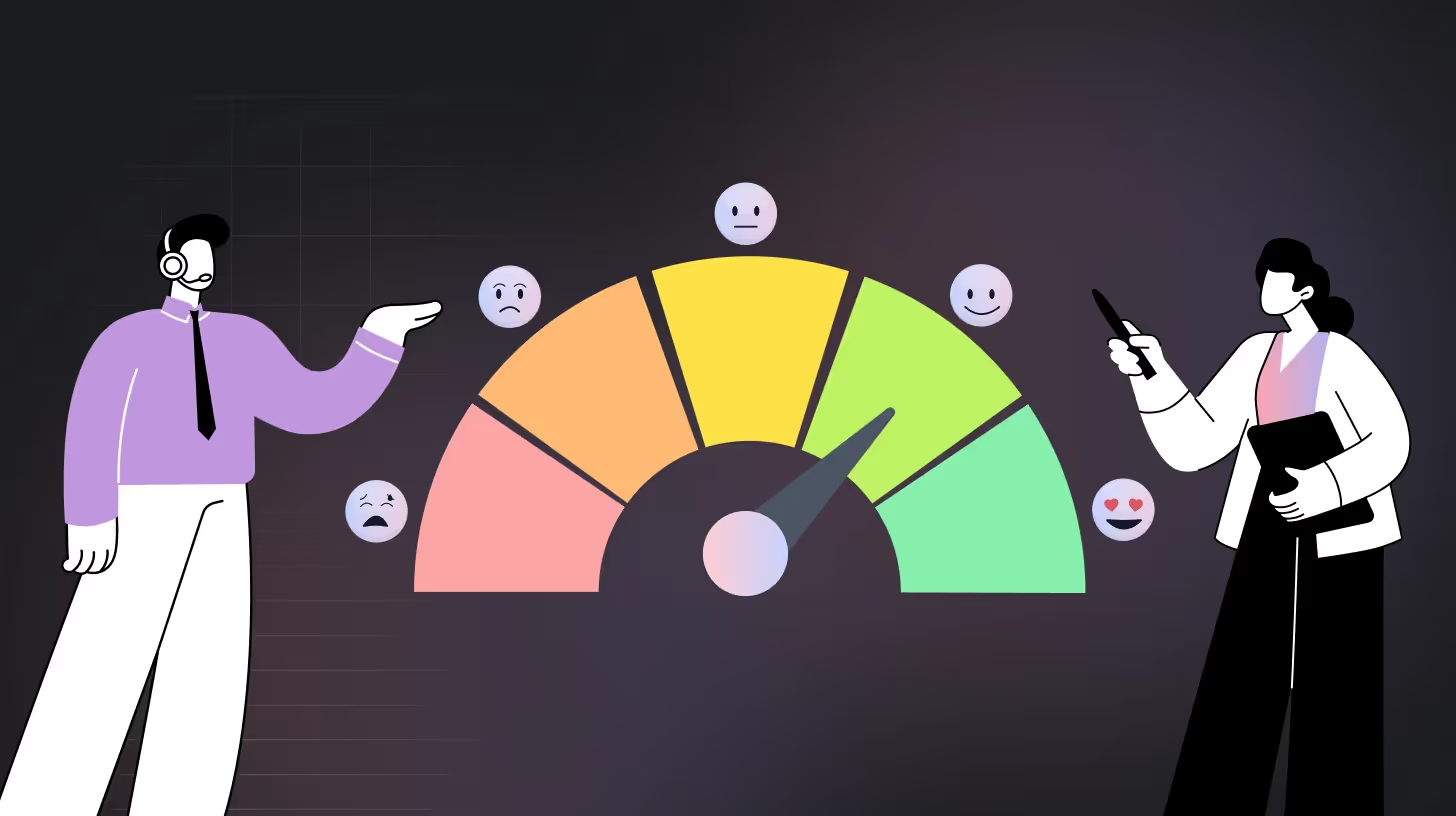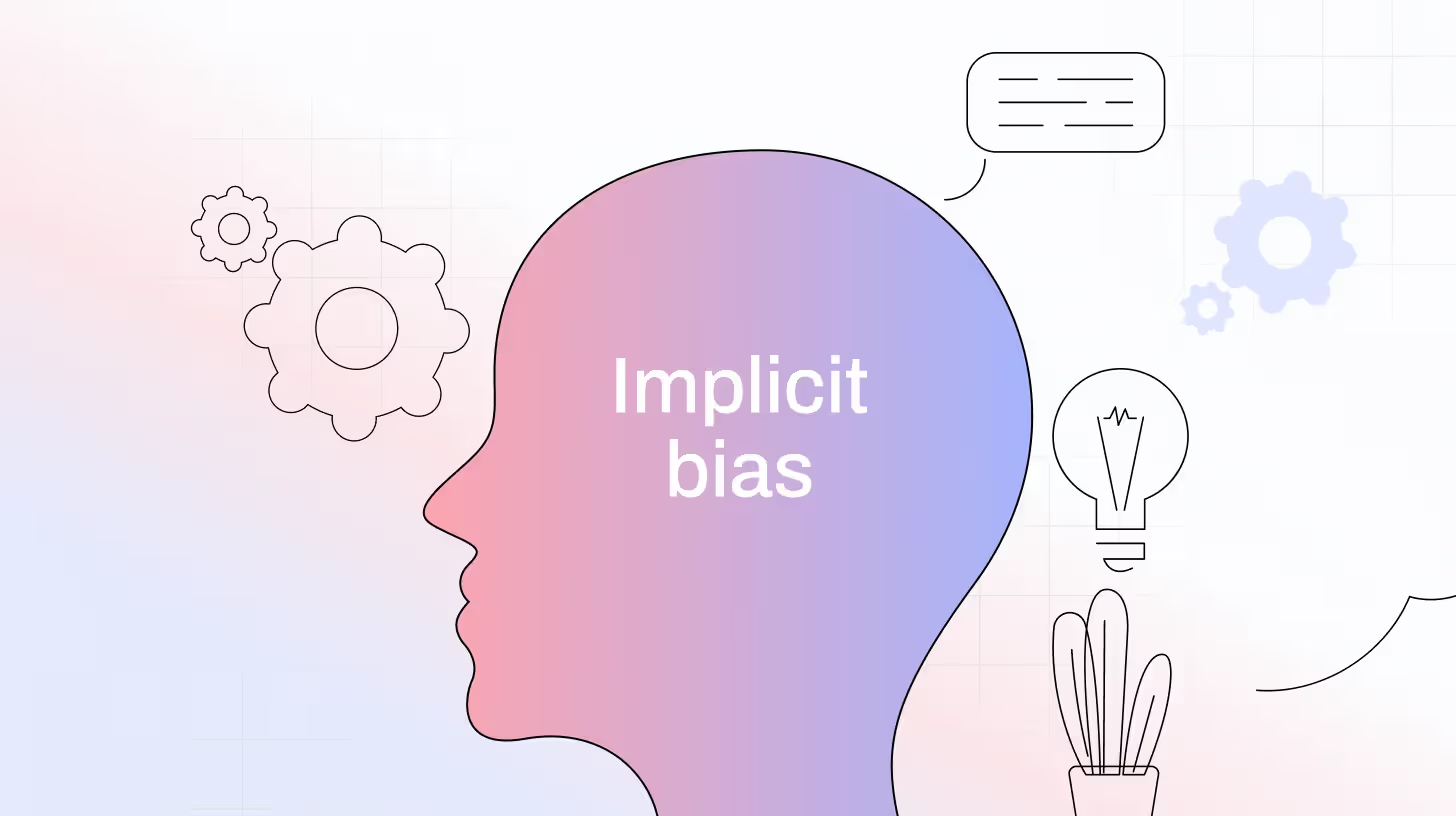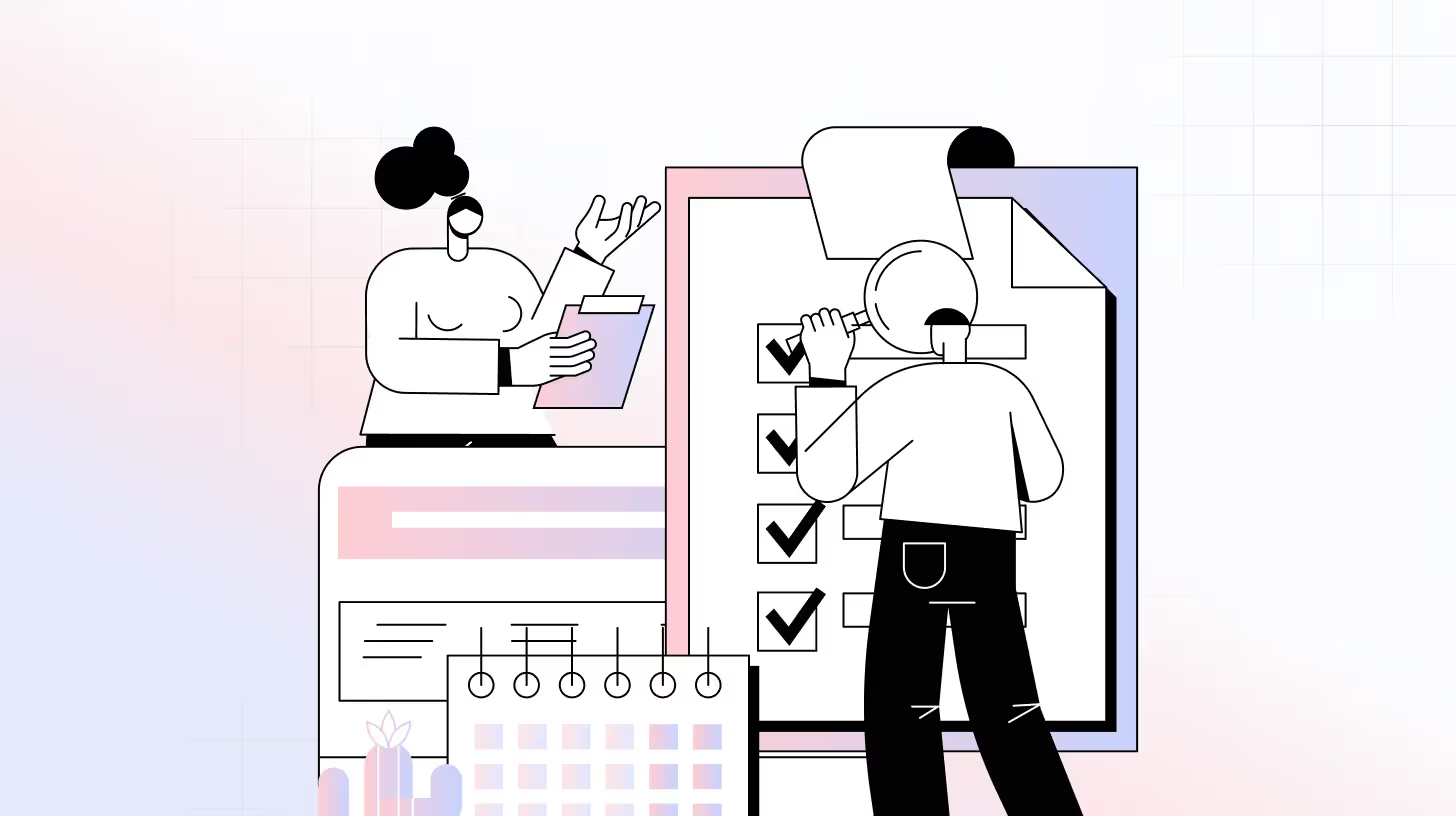Employee Happiness Survey: Top 20 Questions for Real Insights

Your office has free snacks, flexible hours, and fun Fridays, but why are the engagement scores keeping dropping?
Here’s the uncomfortable truth: Perks don’t equal happiness.
Happiness in the workplace is all about creating an environment where employees feel recognized and have opportunities for growth over time.
Every human being is different, and a perfect workplace environment may not be ideal for everyone. For example, some thrive in highly structured workflows, while others crave creative freedom. That’s why it’s not enough to guess or assume what makes your team happy; you need to listen to them.
Conducting an employee happiness survey is the smartest way to do it. They help you understand how employees feel and identify factors contributing to low job satisfaction, creating a culture where everyone feels seen, supported, and motivated.
What is an employee happiness survey?
Employee happiness survey, also known as employee satisfaction survey, is a set of questions that assesses how employees feel about their work, environment, and overall experience with the organization. When done right, it not only measures happiness but helps you actively improve it.
These surveys help organizations discover insights about:
- Emotional connection to work
- Job satisfaction and motivation
- Recognition and feedback
- Work-life balance
- Mental health and stress levels
- Culture fit and belonging
Recommended read: Top Employee Satisfaction Survey Tools for 2025
The Relationship Between Employee Happiness, Productivity, Engagement, and Retention
Benefits of an employee happiness survey
Let’s have a look at how employee happiness adds to your organization’s success:
Better Hiring and Retention
Prioritizing employee happiness helps you draw in top talent and retain top performers for longer. Companies that have happy employees save a lot of money on hiring, training, and recruiting new employees.
Deeper Understanding of Your People
You can’t build a strong people strategy on assumptions. Surveys give you direct insight into what your team truly wants, whether it's more flexibility, clearer goals, or stronger leadership support. The more you understand your team members, the better you can support and develop them.
Better Mental Health & Well-Being
Work can be daunting, but most people are reluctant to admit it. An employee happiness survey provides a comfortable, low-pressure space for your team to discuss how they're truly feeling. Supporting mental health is not only the moral thing to do; it also leads to better, longer-lasting performance.
Recommended read: Why an Employee Wellness Survey Is Essential for a Thriving Workplace
Boosted Engagement & Motivation
When people feel heard, they show up differently. They’re more invested, more energized, and more likely to go the extra mile. Happiness fuels motivation, and motivation drives momentum.
Real Impact on the Bottom Line
Happy employees don’t just feel better, they perform better. Higher happiness scores are associated with improved business outcomes, enhanced performance, increased customer satisfaction, and even revenue growth.

20 Essential Employee Happiness Survey Questions
Here’s a quick guide with thoughtful questions to help you create an employee happiness survey and truly understand how your team feels.
Overall satisfaction
- On a scale of 1 to 10, how happy are you working here?
This question measures the overall satisfaction level and general morale over time.
- Is your work meaningful and contributes to the organization's goals?
This question measures the employee's sense of purpose and motivation.
- Would you recommend this company to a friend as a great place to work?
This is a classic eNPS-style question that reflects loyalty and advocacy.
- If you could change one thing about your experience here, what would it be?
This question provides an open door to honest, surprising feedback.
Work environment and culture
- Do you feel included and respected by your team?
This question assesses the sense of belonging and psychological safety among employees.
- Are you comfortable expressing your ideas and opinions at work?
This question measures how safe and supported employees feel when sharing their ideas and opinions.
- Do you have the necessary tools and resources to perform your job effectively?
This question measures how well-equipped employees feel to do their jobs efficiently and confidently.
- Is our work environment helping you be productive and focused?
This question assesses the level of supportiveness in the work environment for employee productivity and concentration.
Career growth and development
- Are you growing in your current professional role?
This question measures how employees are learning and evolving over time.
- Have you provided adequate professional development opportunities?
This question measures employee satisfaction with the growth and learning opportunities provided by the organization.
- Do you have clear goals and expectations for your role?
This question measures role clarity and alignment between employee responsibilities and organizational expectations.
- Do you feel empowered to make decisions in your job role?
This question measures employee autonomy and confidence in decision-making within their role.
Management and leadership
- Does your manager communicate clearly and consistently with you?
This question measures how effective and reliable communication from managers feels to employees.
- Does your manager support your professional development and career goals?
This question measures how much encouragement and backing employees feel from their manager when it comes to growth.
- Do you receive helpful feedback and regular performance reviews from your manager?
This question measures how useful and timely feedback feels in supporting employee performance.
- Do you trust the leadership team to lead the company in the right direction?
This question measures overall confidence in senior leadership’s vision and ability to execute it.
Compensation and benefits
- Do you believe your pay and benefits are fair and competitive?
This question assesses how employees view their total salary in relation to similar roles elsewhere.
- Are you pleased with the range of benefits available to help you meet your personal needs and well-being?
This question determines if the benefits package suits employees' health, lifestyle, and family demands.
- Is your workload doable and adequately paid for the time and effort you invest?
This question assesses how employees perceive the balance between their work and compensation.
- Do you feel there are clear opportunities to grow your career and increase your compensation here?
This question measures employee perception of internal career growth and financial advancement.

Read - 10 Strategies to Measure Employee Happiness in the Workplace
How to conduct an employee happiness survey
Follow this guide to conduct an employee happiness survey that helps you build a better workplace
Know Why You’re Doing It
Before you start writing questions, ask yourself:
- What exactly do we want to learn?
- Are we focusing on work-life balance, career growth, or overall morale?
- How often will we run this: quarterly, twice a year, annually?
Choose How You'll Collect Responses
An online survey tool will allow you to collect data anonymously and effectively analyze the results. If your non-desk workers need to complete paper-based survey forms, data capturers can load these replies into your software tool once the survey is completed, ensuring that all of your data is saved centrally.
Create Smart, Clear Questions
Mix up your formats:
- Yes/No
- Rating scale (like 1 to 5)
- Multiple choice
- Open-ended comments
- Likert scales
Make sure that your questions are clear, simple, and easy to understand.
Avoid asking double-barreled questions like "Are you satisfied with your work-life balance and management?" Combining two or more aspects into a single question makes it impossible to obtain authentic answers.
Avoid asking leading or biased questions where the answer choices are unjustly weighted towards a specific response.
Run a Pilot Test
Before sending it to everyone, share your draft with a small group.
This will help catch:
- Vague or unclear questions
- Technical glitches
- Survey fatigue (too long = ghosted)
Communicate Clearly
Tell your team:
- Why the survey matters
- How will you use the results
- That responses are anonymous (if they are)
- What is the deadline?
Boost Participation
People are busy. Make it easy:
- Share the survey link in multiple places
- Offer formats for all roles (desktop, mobile, paper)
- Consider incentives: a small prize draw can go a long way
Analyze the Results
Once the survey is completed, analyze the results to determine trends, patterns, strengths, and shortcomings. Pay attention to both quantitative and qualitative data.
Take Action (and Tell People About It)
Use the survey results to create a clear plan for boosting employee happiness. Share easy-to-understand reports with senior leaders, team managers, and HR so they can spot areas that need attention. Most importantly, keep your team in the loop, let them know about the plan, and update them regularly on the progress you’re making.
Create Employee Happiness Surveys with TheySaid
Whether you’re a 10-person startup or a global team, TheySaid helps you listen better and act faster. With TheySaid, you can:
Create your entire employee happiness survey with one click: Just enter your company URL and let AI generate thoughtful, engaging questions tailored to your brand.
Turn surveys into conversations: Your team answers questions through an interactive AI chat, unlocking deeper emotional insights in real-time.
Use AI interviews to scale up: Want deeper dives? Use AI to conduct interviews at scale with no manual scheduling needed.
Let AI handle analysis and action steps: You’ll get trends, summaries, and follow-up tasks automatically generated, no data scientist required.
Start your first happiness survey with TheySaid. It’s free to try.
Key Takeaways
- Perks aren’t enough; employees want purpose, recognition, and growth.
- Happier employees are more productive, engaged, and loyal.
- A well-crafted employee survey reveals what is truly impacting morale.
- Mix question types to get both honest and valuable feedback.
- Anonymous surveys encourage more open and truthful responses.
- Always share what you learned and what you’ll do about it.
- Use TheySaid to create smart, customized surveys in under a minute.
FAQs
How often should I run an employee happiness survey?
It depends on your goals, but most companies run them quarterly or biannually. Regular check-ins help you spot trends early and act before small issues become major problems.
What are the best employee happiness survey questions to ask?
Some essential questions include:
- “On a scale of 1–10, how happy are you at work?”
- “Do you feel supported in your role?”
- “Are you growing professionally here?”
- “Do you feel your opinions are valued?”
What’s the difference between an employee happiness survey and an employee satisfaction survey?
They're closely related, but happiness surveys tend to be more emotional and holistic. They explore how employees feel about their work and environment, while satisfaction surveys are more transactionally focused on pay, benefits, and conditions.
















.svg)